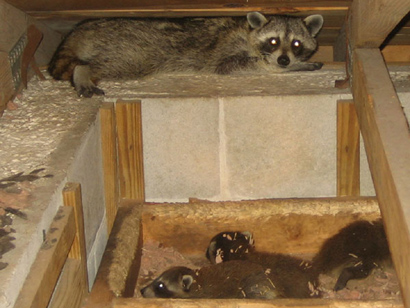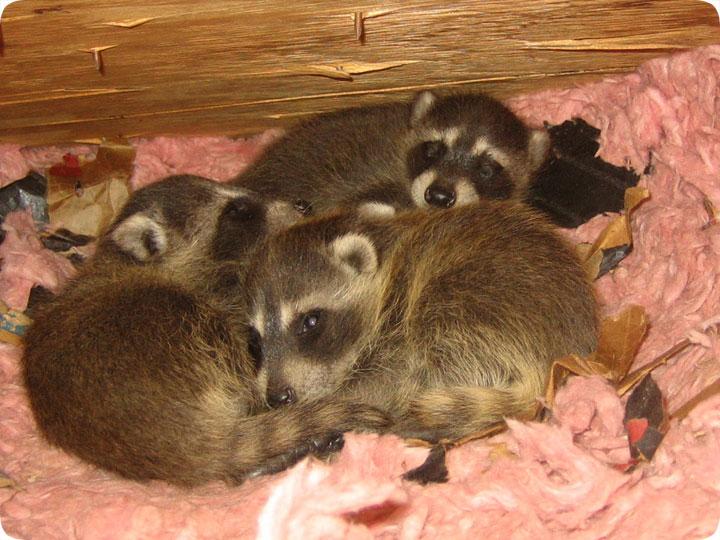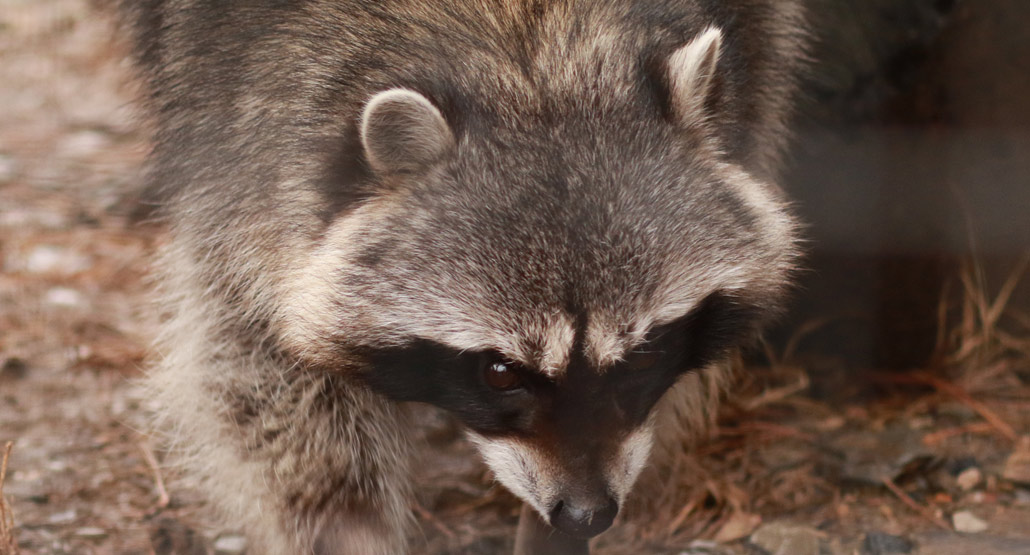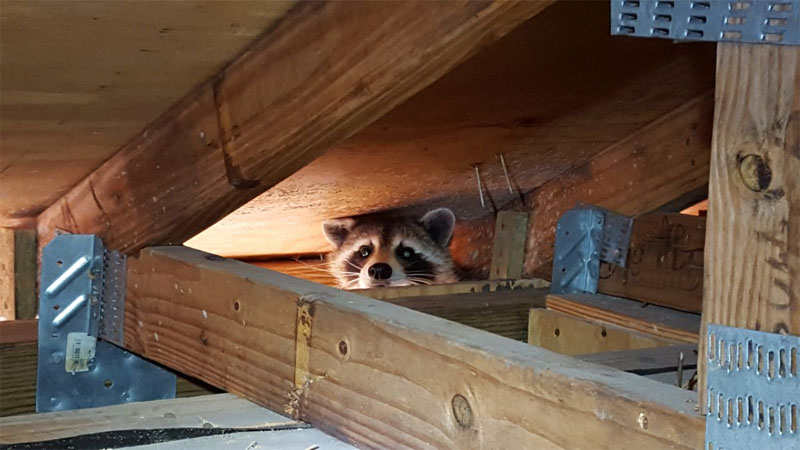Racoon Nest In Attic

The nesting season is usually in spring with peak time for birth in march and the babies are often noticeable in april.
Racoon nest in attic. Raccoons are opportunistic den animals. A female raccoon s gestation period lasts about 65 days. However come springtime female raccoons seek out warm and dry spaces where they can safely nest. They will build their dens in hollowed out trunks of trees small burrows in the ground or even your garden shed or attic if they gain access.
Selling a raccoon to a captive organization would be amazing and expensive therefore if you have a raccoon in your attic consider the chance of getting 2 000 for selling it. When you have a nest of raccoons in the attic it means that a mother has broken in and set up a little home there. A home s attic is a perfect nesting space. The only way to trap a raccoon is to bait a trap and put it near to the raccoon s nest.
But first you need to know how to trap that smart wild animal. While they don t hibernate during extreme cold they will stay inside their dens to survive venturing out to forage as temperatures permit. Inspect the home and find the entry hole s which are very large and obvious. If you can t find them sit very still for up to 30 minutes until you hear them chatter.
The nest of baby raccoons must be found removed and the mother trapped. You will need to find the entry point the point at which she managed to break in. It s worth noting that when raccoons get comfortable where they set up home they re not willing to leave for months. Raccoons are also often active in the daytime especially ones living in an attic see below so it s very common for people with a raccoon in the attic to actually see the animal as it climbs up the downspout and onto the roof or sniffs through the garbage can.
Here are the general steps for removing raccoons from an attic. Go in the attic and find and remove the litter of baby raccoon pups. Raccoons are as smart as cats and dogs. There may be more than one entry point.
90 of the time there will be young pups even if you didn t know that. Typically she stays nesting with her babies for about three months after their birth until they are no longer frail and helpless. The best bait would be a washed apple the raccoon would take a while to trust the source of the bait but then it will eat it entirely and it will be perfectly caged. There are usually 3 5 of them.
This is a very complex case. The females usually have 3 5 young per litter. She finds her way into the attic usually in the spring from march may and gives birth to 3 5 young. Raccoons in the attic.
They have a great memory and have routines for food and shelter. This almost always involves an adult female and a litter of baby raccoons. Pretty much every time raccoons are in the attic it s a single female who has a litter of young. Raccoons have been known to make their nests almost anywhere including brush piles tree cavities chimneys abandoned burrows attics storm sewers crawl spaces attics and garden sheds.
Grab them by hand with thick leather glove and put them in a pillow case.














































